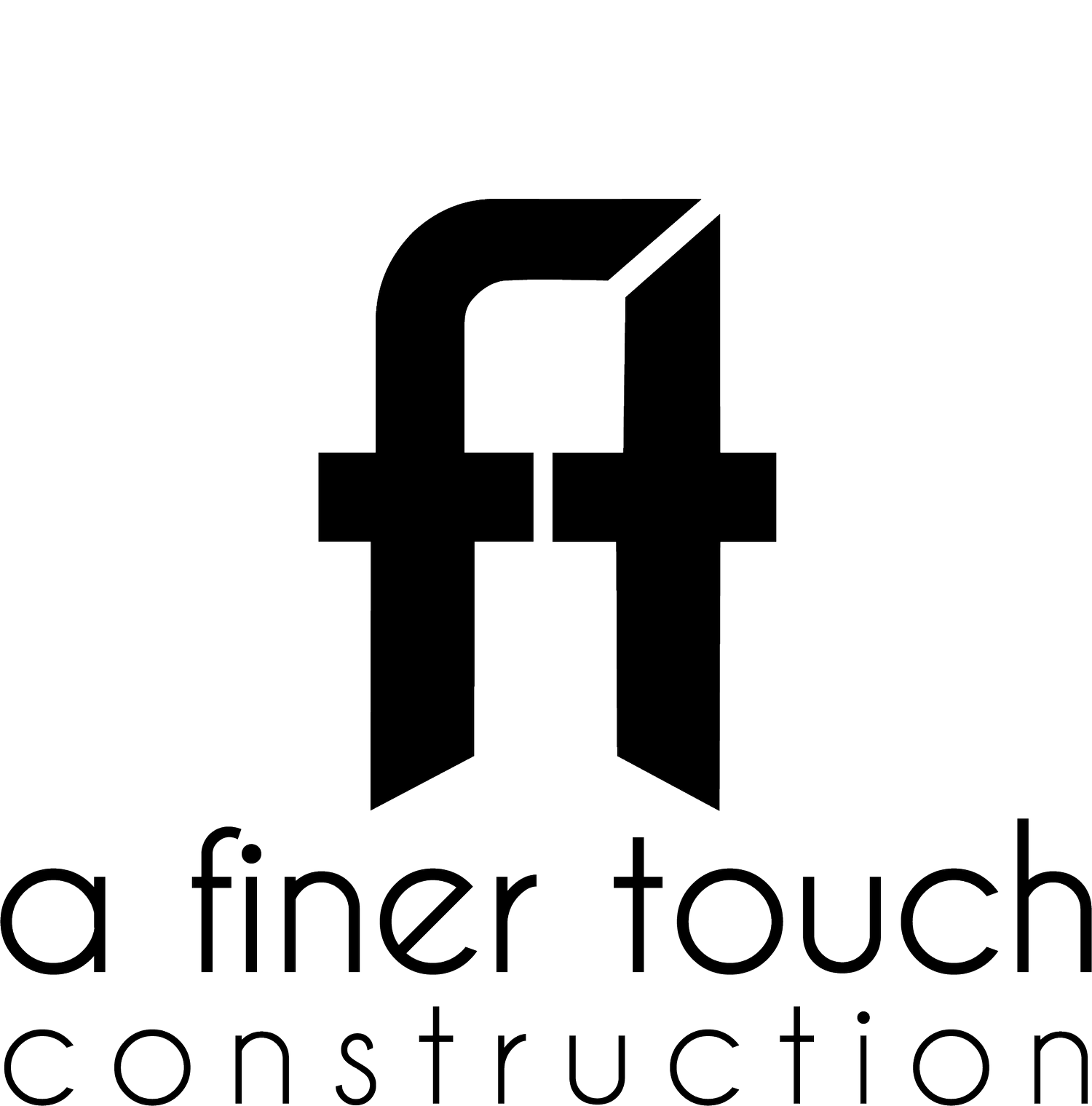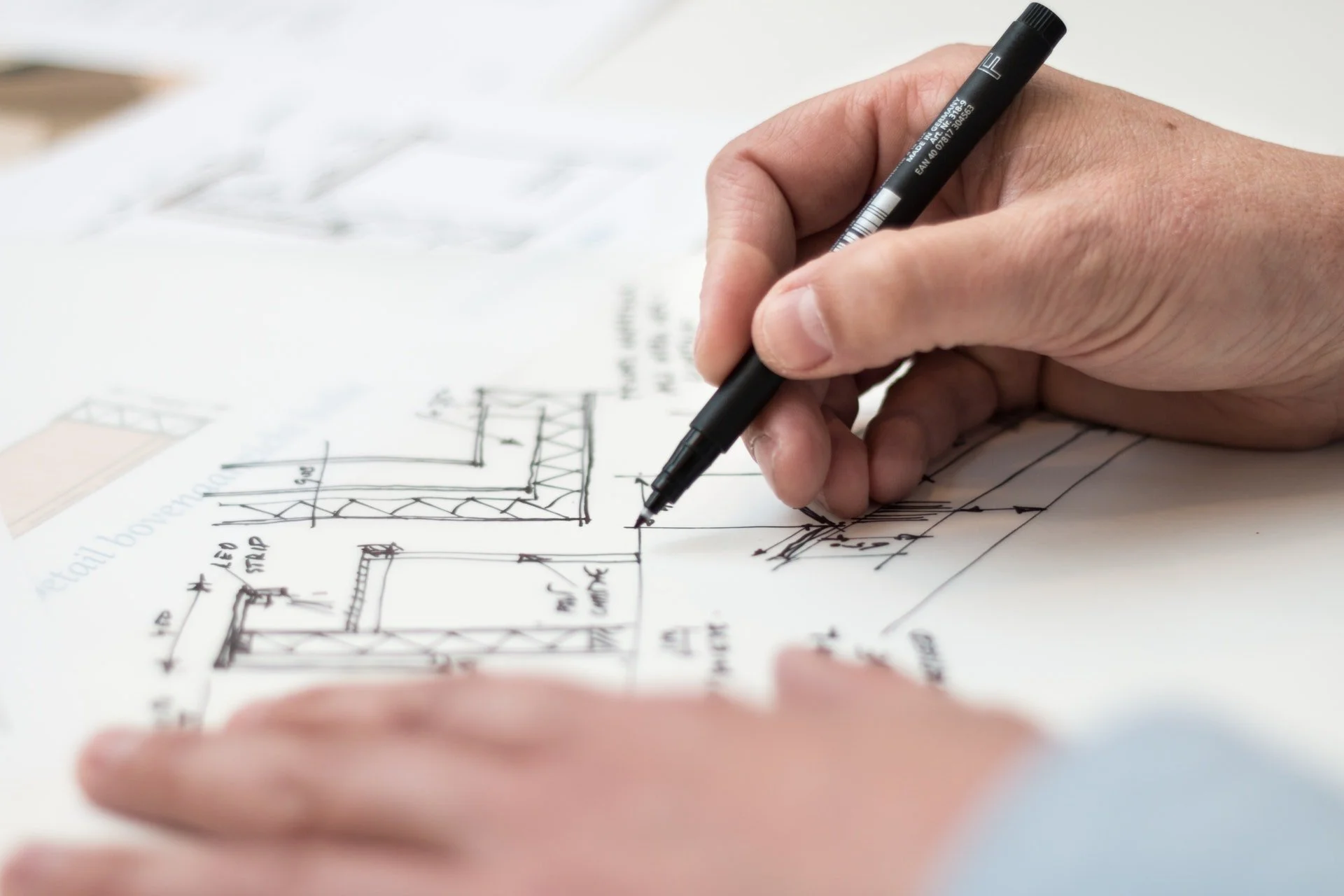Hidden Costs of Building a House: Part 1 – Land Surveys and Pre-Planning
When making the decision of whether or not to build a new home, most people understand and consider the cost of the lot and the obvious buildings costs. However, there many “hidden costs of building a house" that people either overlook or are completely unaware of. The majority of these arise during the planning and prep period between purchasing the lot and commencing construction. It is extremely important to understand what these costs are as they will no doubt affect your overall construction budget and can have a major impact on what and where you build. Using our experience as a new home builder, our goal in this series of blog posts is help make you aware of some of the hidden costs of building a house to consider when planning your new home budget. If you are currently looking for a lot to build your new home, understanding these costs can have a great impact on where you choose to buy and build. There are many aspects in regard to costs to consider when buying a lot in addition to the purchase price, which arise both prior to closing (whether before you even make an offer or during the due diligence period), as well as during the planning phase after closing. We have broken this series into three main parts: Land Surveys and Pre-Planning; Design Phase; and Plan Review and Permitting. While we have broken this series into those three parts, many of these cost considerations can arise and be researched at various points in the process of purchasing a lot and construction so the list is not necessarily in any specific order.
LAND AND PRE-PLANNING
Early in the process of purchasing a lot, you should have a land survey conducted. Depending on the lot’s location and history, an environmental survey may be beneficial as well. Sometimes these surveys will have been completed by a previous owner or the current owner from whom you are purchasing the lot, which will be cost savings to you. Depending on the type of land survey performed, the survey can provide a great wealth of information that is important to understand. One of the basic reasons to perform a land survey is to establish or confirm boundary lines, which at the very least will depict the true boundaries of the property. This is important to know when it comes to items such as placement of a fence, driveway, etc. This will also confirm exactly what you own or what you will own upon closing.In addition to establishing property boundary lines, land surveys are useful in establishing a building envelope for your home. Establishing the lot’s building envelope lets you know where you can build your home and how much area you have to build your home. This is extremely valuable information because the lot you may be looking at purchasing could be a large one-acre lot, but due to various factors, the building envelope may be quite small or tucked away in one corner of the lot where you would prefer not to build. Other reasons to perform a land survey is to identify the location of any easements, encroachments, utility lines, and drainage and sewer lines. Here in Arizona, another very important piece of information that a land survey can provide is determining the existence and location of any protected washes on the property. This not only assists in establishing the building envelope, but also can provide an indication on the potential of flooding on the lot.
SPECIFIC MUNICIPALITY REQUIREMENTS
Land surveys can also be helpful in determining the location of specific easements based on the municipality the property is located. For example, the City of Scottsdale has an ordinance in regard to Natura Area Open Space (NAOS). In short, the NAOS ordinance creates an easement that restricts what can be done on certain Scottsdale properties by requiring that portions of the property remain in its natural, undisturbed state. Adding this additional requirement to a land survey may increase your overall cost. Another example of this is the City of Scottsdale’s ordinance regarding native plants. The City of Scottsdale has set forth a goal of preserving the native plants in certain areas of Scottsdale and has prepared a list of native protected plants. If any portion of the project affects plants from the defined list of protected plants, the owner is required to submit a native plant program that details the location and treatment of the protected plants. Generally, plants either need to remain as is, or relocated on the property. Both preparing the native plant program and the relocating of affected plants add costs to the owner.
SOILS REPORTS
In addition to land surveys, another important survey to obtain on the lot is what is known as a soils report. These reports are especially beneficial in the greater Phoenix/Scottsdale area where we are dealing with the desert landscape. The purpose of a soils report is to gain an understanding of conditions of the ground and soil of the lot. This helps identify the presence of expansive soils, the likelihood of hard dig conditions, soil composition, ground water levels, etc. This information is extremely important in planning the type of foundation for the home that should be used and how that foundation should be constructed. For example, in many of our custom home builds, the foundations have been constructed using a post-tension slab. Post-tension slabs assist in preventing problems that arise due to expansive soils.
CONCLUSION
As you can see, there are quite a few cost considerations that can or should be performed as part of your due diligence and before you even get to the design phase. Using land surveys, environmental surveys, and soils reports will help understand the lot’s characteristics and allow architects and engineers to property design and plan with those characteristics in mind. As an experienced custom home builder, A Finer Touch Construction can help guide you through the building process and help you understand all the costs and fees that go into building a custom home. We will continue this series on hidden costs of building a house in our next post in which we discuss cost considerations during the design phase.

